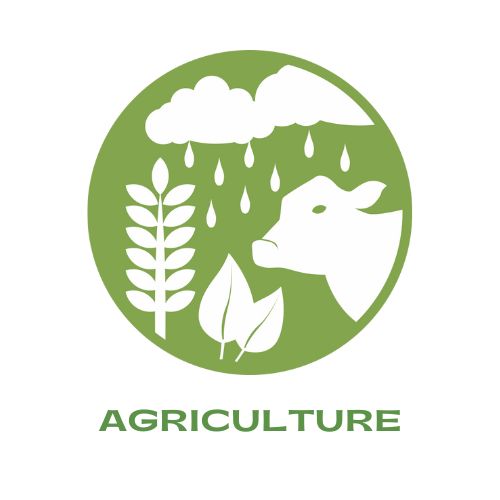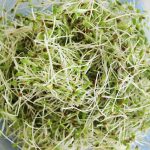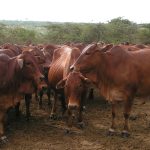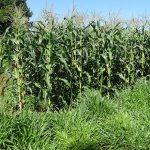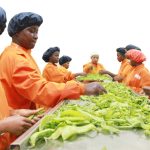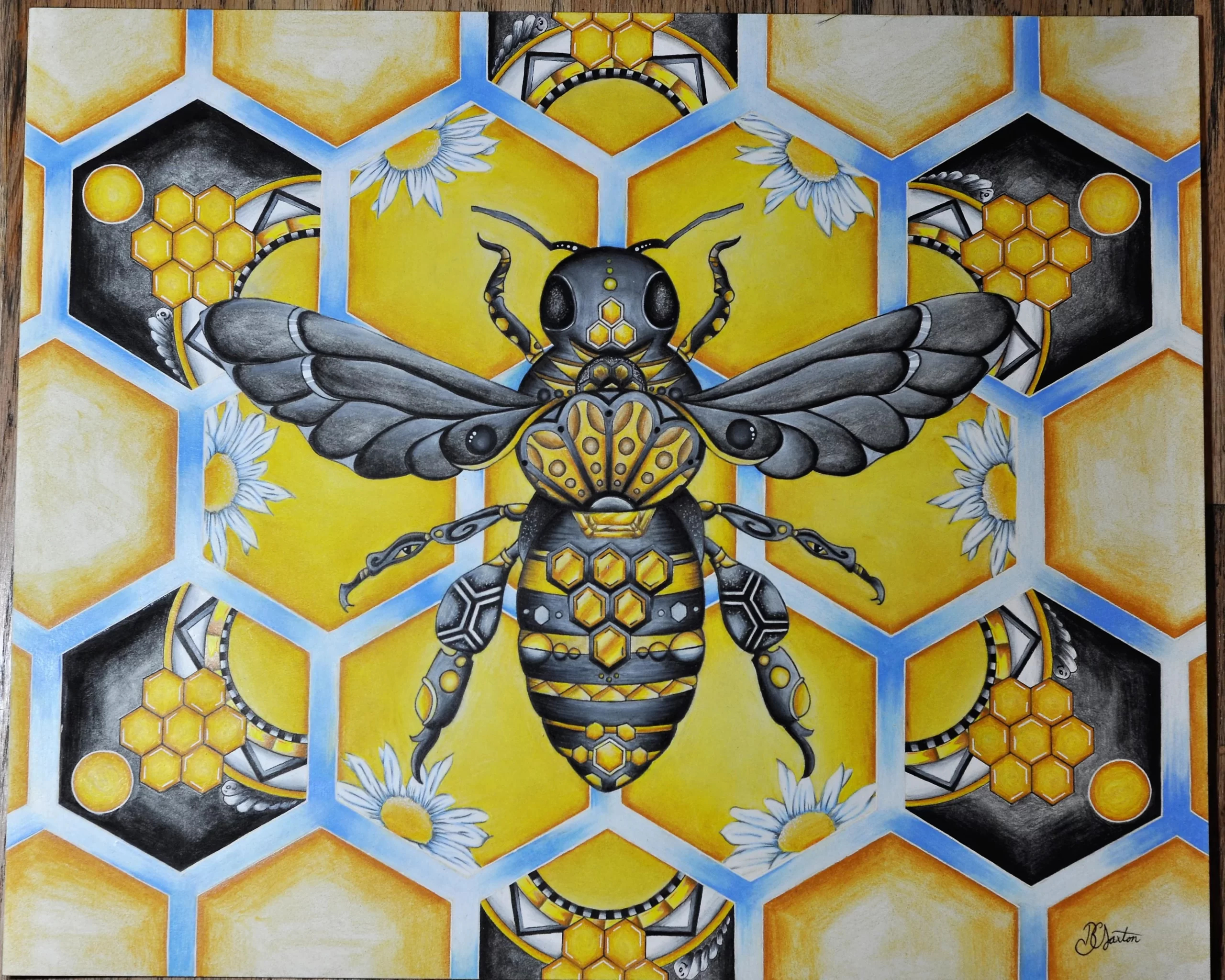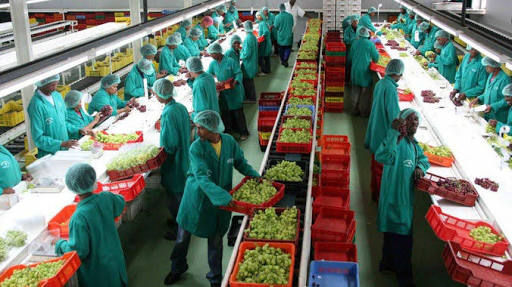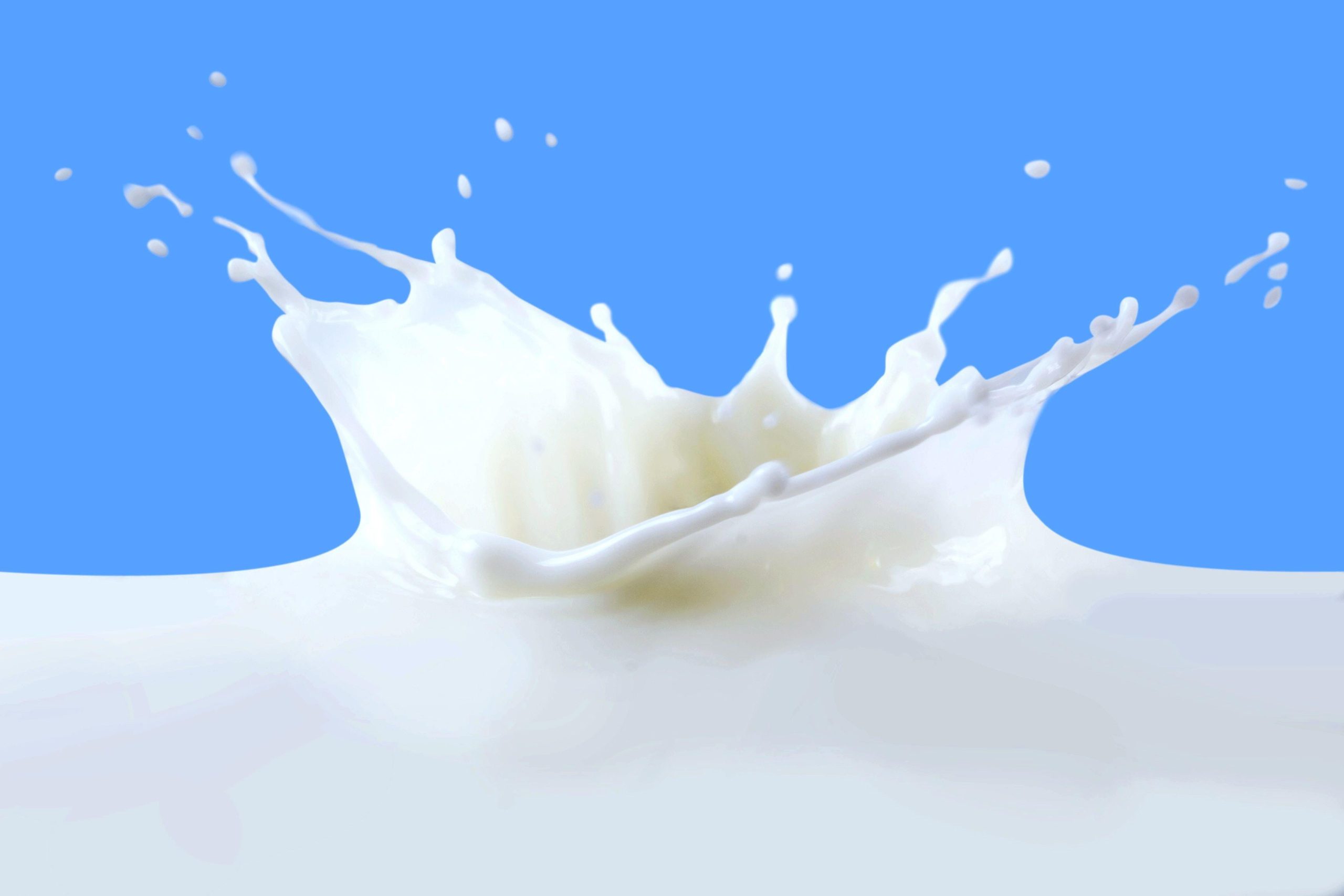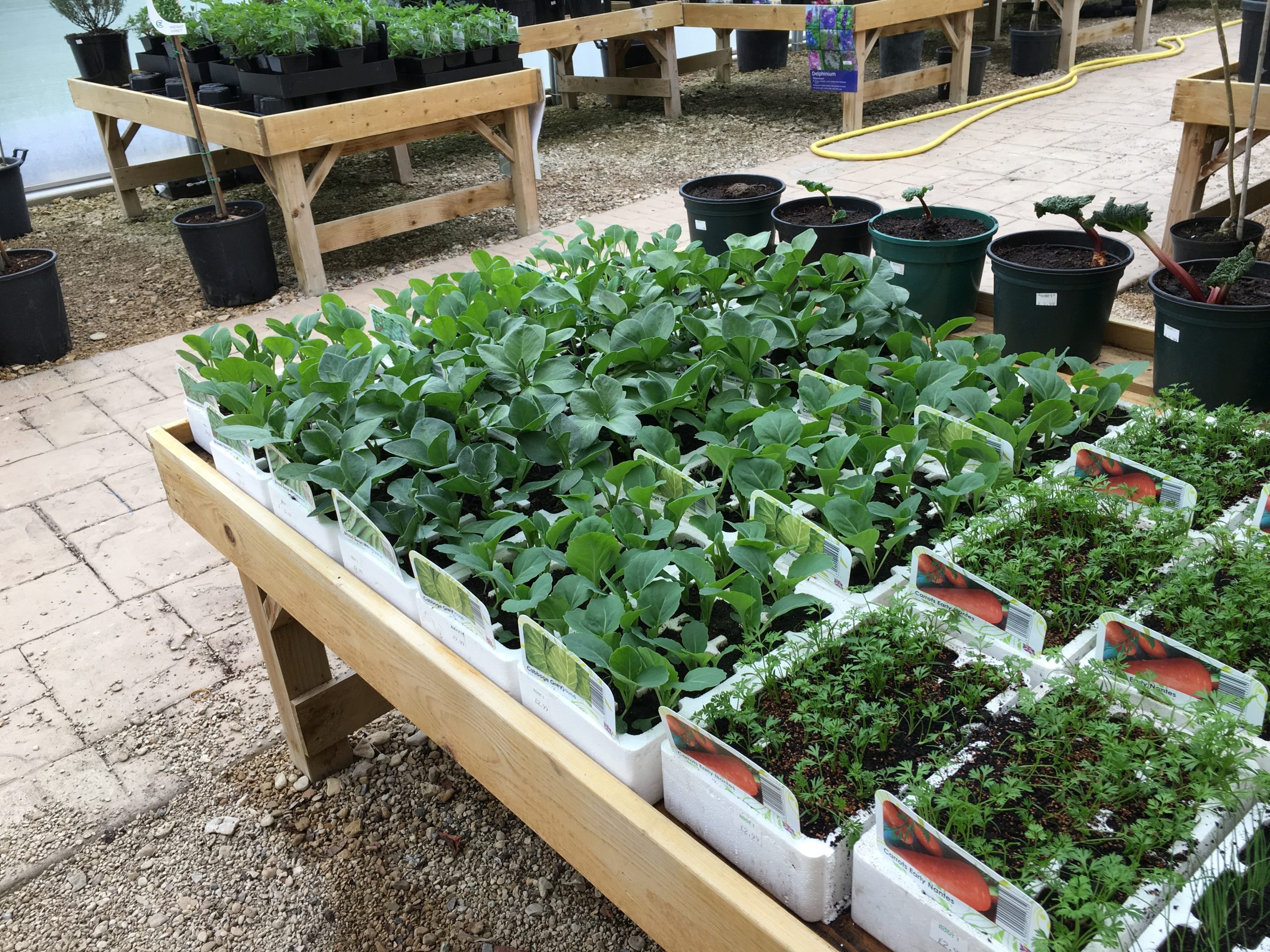Beekeeping, also known as apiculture, is an important economic activity in Kenya providing income opportunities for smallholder farmers and pastoralists. With its varied agro-ecological zones, Kenya offers ideal conditions for beekeeping and honey production. This post provides an accurate and comprehensive overview of the apiculture market segment in Kenya based on verified data and statistics from reputable sources such as the United Nations Food and Agriculture Organization, International Trade Centre, peer-reviewed academic journals and reports from various Kenyan government agencies.
Overview of Beekeeping in Kenya
Beekeeping in Kenya is mainly practiced on a small scale by rural farmers as a complementary income generating activity. Approximately 800,000 Kenyan households are engaged in apiculture producing about 10,000 metric tonnes of honey annually worth KES 10 billion.
The main honeybee species kept is the African honey bee (Apis mellifera scutellata) which is well adapted to tropical climates. Other species include the Italian honeybee and the Indian ‘rock bee’. Beehives are mainly traditional log hives but adoption of modern Langstroth hives is rising.
Beekeeping is suited to most parts of Kenya. Major producing areas are in western Kenya, Rift Valley, central highlands and coastal regions which offer favorable climatic conditions and vegetation cover. The activity is promoted as a sustainable livelihood for poverty reduction and biodiversity conservation.
Key Products from Beekeeping in Kenya
Honey
Honey is the primary product from beekeeping in Kenya. Annual production is estimated at 10,000 metric tonnes with potential to increase to 100,000 metric tonnes. Honey production has grown significantly from only 1,000 tonnes in the 1980s.
Most honey comes from smallholders with average yields of 7-15 kg per hive. But commercial operators achieve higher yields of 25-40 kg through better management. Kenya produces several varieties including forest, savannah, macadamia and albino honey.
Honey production is seasonal with peak flows during the rainy seasons when bee forage is abundant. Low production occurs during dry seasons when forage is limited.
Beeswax
Beeswax is another valuable product from bee hives. It is harvested during honey extraction and has industrial uses in cosmetics, pharmaceuticals, polishes and candles. Kenya produces around 250 – 500 metric tonnes of beeswax annually.
Other Products
Other minor bee products include bee pollen, propolis, royal jelly and bee venom. These have some small-scale commercial production in Kenya for domestic and export markets.
Domestic Consumption and Exports
Domestic Consumption
Local demand for honey and other bee products in Kenya is estimated at 2,000 – 3,000 metric tonnes annually, representing 15-20% of production. Consumption is driven by the health conscious middle class and use of honey in food processing. But per capita consumption is still relatively low at 20-30g annually.
Exports
The bulk of Kenya’s honey production, about 8,000 metric tonnes or 80% annually, is exported overseas to meet rising global demand. Key markets are the European Union, United States, Japan and the Middle East. Exports account for KES 4 billion in value.
Major buyers are ingredient manufacturers and packers in the food and cosmetic sectors. The main competitors are Ethiopia, Tanzania and Uganda which also export to global markets.
Key Players in the Beekeeping Industry
Smallholder Beekeepers
Majority of beekeepers in Kenya are small-scale rural farmers with about 5-50 traditional log hives producing honey for domestic consumption and local sales. This segment accounts for approximately 75% of total production. Many belong to producer cooperatives and groups.
Commercial Operators
In contrast to smallholders, commercial honey producers in Kenya operate 50-1000 modern hives aimed at export markets. They account for 25% of total production. Leading operators are Sidai Africa, Sunripe and Enkang. Large farms also have integrated beekeeping.
Cooperatives
Beekeeper cooperatives provide extension, inputs, and access to markets for smallholder members. Major ones are Meru Honey Union and Nyambene Beekeepers Cooperative. They play a key role in bulking and exporting member honey.
Processors & Distributors
These are companies that extract, process, package and distribute honey to export and domestic markets. They include Capwell Industries, Kopak Honey and Maridadi among others. Most source honey from smallholders.
Input Suppliers
Manufacturers and dealers of modern hives, equipment and protective gear. Their growth supports a shift from traditional to more productive beekeeping systems.
NGOs and Government Agencies
Key ones providing training, funding and extension are USAID, Farm Africa, Kenya Forestry Research Institute (KEFRI) and various county governments. They promote apiculture for income and forest conservation.
Trends and Opportunities
- Growing export demand for natural honey products
- Rising domestic market supported by a health conscious middle class
- Demand growth for higher value niche honey varieties
- Advances in beekeeping technologies for improved productivity
- Expanding honey processing sector and product innovations
- Potential for commercial pollination services
- Disease resistance breeding programs for resilient bee colonies
Challenges Facing the Industry
- Low productivity of local bee strains and traditional hives
- Pests, diseases and pesticides threatening colonies
- Lack of capital to invest in modern hives and equipment
- Over-reliance on rainfed nectar and pollen forage
- Weak organization of small-scale beekeepers
- Inadequate honey extraction and post-harvest facilities
- Poor quality control and lack of harmonized standards
- Insufficient research on resilient bee breeds and beekeeping best practices
Future Outlook
The apiculture industry in Kenya shows strong continued growth potential driven by expanding export and domestic demand. Better farming practices, technologies, and training can increase honey yields and quality. Stronger producer organizations and partnerships with buyers and government can address production challenges. If productivity and value addition in the beekeeping value chain are improved, apiculture can provide sustainable livelihoods for even more smallholder farmers in Kenya.

